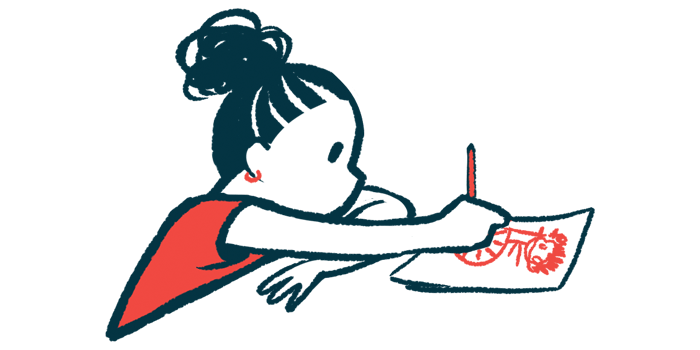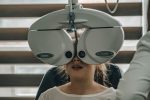Brineura Being Tested in Eyes of Children With CLN2
Written by |

Brineura (cerliponase alfa) — a therapy developed by BioMarin for late infantile Batten disease that is typically infused directly into the brain — is being administered into the eyes of a select group of children with the disorder as an attempt to prevent vision loss.
The study, carried out by a team at Great Ormond Street Hospital (GOSH) and UCL GOS Institute of Child Health (ICH), England, will be given on a compassionate use basis, a term used to describe the prescription of investigational medications for people who have no other treatment options.
“Treatments given under compassionate use are always subject to very rigorous assessment and at GOSH we have a long history of pioneering these carefully-considered treatments for children who have no other option,” Paul Gissen, PhD, said in a press release. Gissen is honorary consultant in Paediatric Metabolic Diseases at GOSH and ICH.
Late infantile Batten disease, also known as CLN2, generally occurs in children ages 2 to 4 and is caused by mutations in a gene that carries instructions to produce an enzyme called TPP1. Lack of TPP1 results in the accumulation of toxic waste inside cells, which leads to their death. Symptoms of late infantile include vision loss, seizures and impaired mental and motor development.
Brineura is an approved medication by the U.S. Food and Drug Administration and the European Commission for any form of Batten disease. As an enzyme replacement therapy (ERT) it replaces the missing TPP1 enzyme and breaks down waste material.
Several clinical trials have shown the therapy slows disease progression in children with CLN2 disease who received regular infusions directly into the fluid surrounding the brain.
However, children still lose their eyesight despite treatment because the lab-made replacement enzyme is unable to cross the blood-retina barrier — a barrier that regulates the passage of nutrients, proteins, and water in and out of the retina, the layer of nerve cells lining the back of the eye.
Now, the team of clinicians are attempting to prevent vision loss in children with late infantile Batten disease by injecting a small volume of Brineura left over from the brain infusion directly in the back of the eye. The procedure is considered common and quick.
A small group of children was meticulously selected and one eye is being treated every two months, for up to one year. At the end of the study the difference in sight between the two eyes will be compared. Patients undergoing the therapy also are monitored closely for any adverse reactions.
“If successful, we hope our work on this programme can pave the way to saving the sight of more children with this disease to preserve their quality of life for as long as possible,” Gissen added.
The program was supported by the Batten Disease Family Association (BDFA), which led a fundraising campaign to cover the costs of the study.





